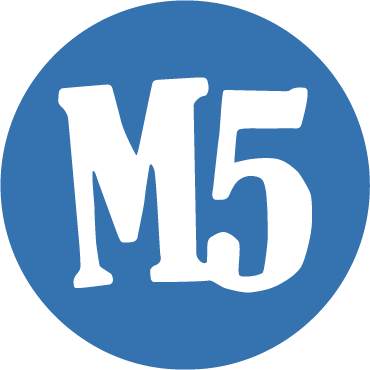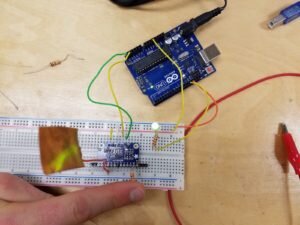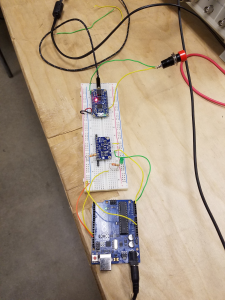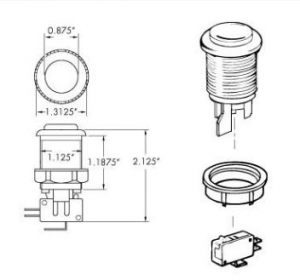Dr. Seuss Interactive Exhibit Project, Circuits and Code Preview
Coming into this semester, a group of five Electrical and Computer Engineering students had some ordered parts to create an exhibit for the new Dr. Seuss Museum in Springfield, and went from there. The idea was to develop an interactive exhibit composed of an audio system that would be triggered by museum goers, just as companies hire Professional Engineering companies do. However, Jack Kenney, Eric Lee, Jason Sproviero, Sean Sproviero, and Tim Zhang were up for the challenge.
First they had to decide what they were going to use to control the audio system, and went with the Adafruit Audio FX as the sound board. Tim Zhang explained that they went this because “the Adafruit soundboard provides a simple, reliable, and cost effective solution for enabling us to play audio without the need for a microcontroller or more advanced systems”. This seemed to be the best choice because it was the cheapest and most reliable based on the minimal functions needed within the system.
Next, the group had to determine what type of triggering mechanism they wanted to use for the system. They wanted to make the exhibit interactive for people of all ages, but also keep in mind cost. Three different ideas were experimented with, including arcade-style button, capacitive touch, and infrared sensors. After testing, they decided to go with X-Arcade Buttons because they were cheaper, more durable, and have a lifetime of 10,000,000 Cycles.
After all of the hardware was figured out, the group had to fine tune exactly what the exhibit would do and what sounds it would trigger. The exhibit involved sound for the Seuss Brewery, Mulberry Street Band, and many more “Seussical” sounds.
Throughout the process, the students realized the challenges of “real world” projects, compared to projects they may work on in their own free time. Here at M5, students can work on their own projects, but this practicum gave students the ability to have a client, and work with them to create a project.
Instead of calling upon a company, the developers looked towards the ECE students with the same standards to provide the same quality product. In this circumstance, you have to take into considerations and factors that you may not have to when working on an individual project. Because of the time constraint of having one semester to develop, prototype, and have the final product, the exhibit had to have a simplified design. They also had to consider cost, but still wanted to have a reliable finished product that contained as little parts as possible.
Overall, all students really enjoyed the experience and it gave them an opportunity to put what they learn in all of the engineering classes to practical use. They had some mentorship from professionals in sound and engineering, and learned a lot about future careers in the field. Jason Sproviero shared that he was hesitant to partake in the practicum at first, but the experience has been extremely beneficial: “I was afraid that I would get left behind, but now that I am immersed, I am really learning”. It was a once in a life time chance for all students, and they are excited to share their work with the community at Circuits & Code!
- Emma Fiore






